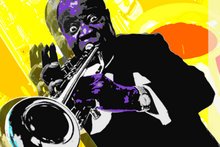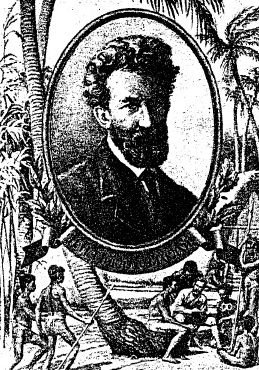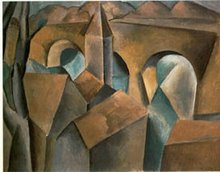He was the first to detail the relations between myth and rituals. His theories of totemism were superseded by Claude Levi-Strauss. The Golden Bough, his study of ancient cults, rites, and myths, including their parallels with early Christianity, arguably his greatest work, is still rifled by modern mythographers for its detailed information.
While James Frazer is best known for his tripartite division of all culture into the stages of magic, religion, and science, the bulk of his tome is devoted to an intermediate stage between religion and science – a stage of magic and religion combined. In this in between stage is to be found myth-ritualism, for only here do myths and rituals work together. In the stage of sheer magic there are rituals – the routines involved in carrying out the directions – but no myths, for there are no gods. In the stage of religion there are both myths and rituals, but they are barely connected. Myths describe
 the character and behavior of gods. Rituals seek to curry divine favor. Rituals may presuppose myths, which suggest what activities would most please the gods, but they are otherwise independent of myths. (R.A. Segal. 1998, 3)
the character and behavior of gods. Rituals seek to curry divine favor. Rituals may presuppose myths, which suggest what activities would most please the gods, but they are otherwise independent of myths. (R.A. Segal. 1998, 3)“Frazer presents two distinct versions of myth-ritualism.
In the first version myth describes the life of the god of vegetation, and ritual enacts the myth, or at least that portion of the myth describing the death and rebirth of the god. The ritual operates on the basis of the Law of Similarity, according to which the imitation of an action causes it to happen. … The assumption that vegetation is under the control of a god is the legacy of religion. The assumption that vegetation can be controlled, even if only through the king, is the legacy of magic. … In the ritual a human being plays the role of the god and acts out what he magically causes the god to do.” (R.A. Segal. 1998, 4)
“In Frazer’s second version of myth-ritualism the king is central. …King is himself divine, by which Frazer means that the god resides him. Just as the health of vegetation depends on the health of its god, so now the health of the god depends on the health of the king… To ensure a steady supply of food, the community kills its king while he is still in his prime and thereby safely transfers the soul of the god to his successor. … The king is killed either at the end of a fixed term or at the first sign of infirmity.” (R.A. Segal. 1998, 4) In this second version of myth-ritualism instead of enacting the myth of the god of vegetation, the ritual simply changes the residence of the god. “The king dies not in imitation of the death of the god but as a sacrifice to preserve the health of the god. … Instead of reviving the god by magical imitation, the ritual revives the god by a transplant. It would therefore be better to restrict the term myth-ritualism to Frazer’s first version of the theory.” (R.A. Segal. 1998, 5)
Myth for Frazer, as for Tylor, serves to explain the world… For Tylor myth is the ancient and primitive counterpart to modern science and primarily to scientific theory, but for Frazer it is the counterpart to applied science.
The Myth and Ritual Theory. An Anthology. Edited by Robert A. Segal. 1998. Blackwell Publishers Inc. Malden, Massachusetts, USA.













